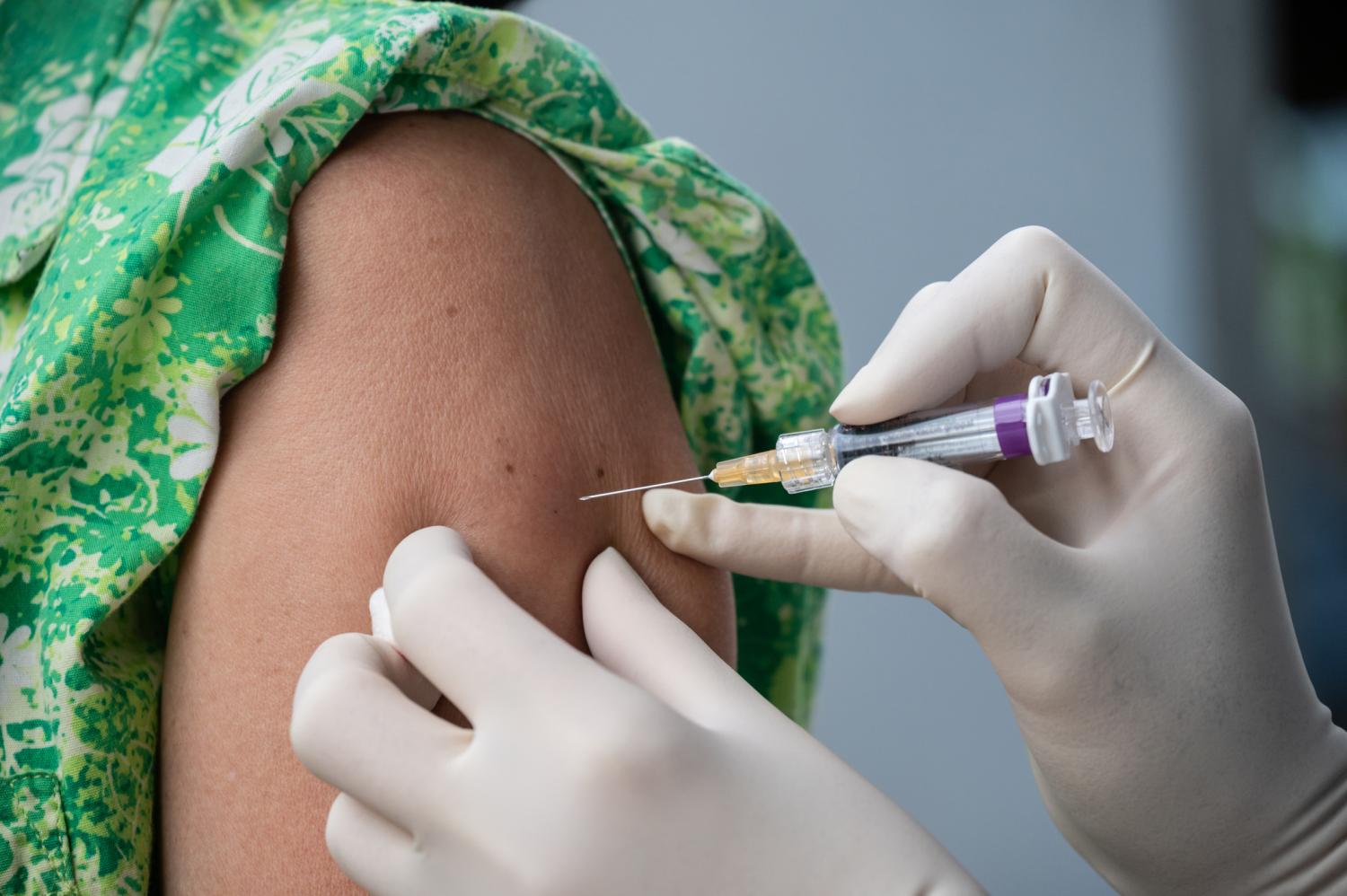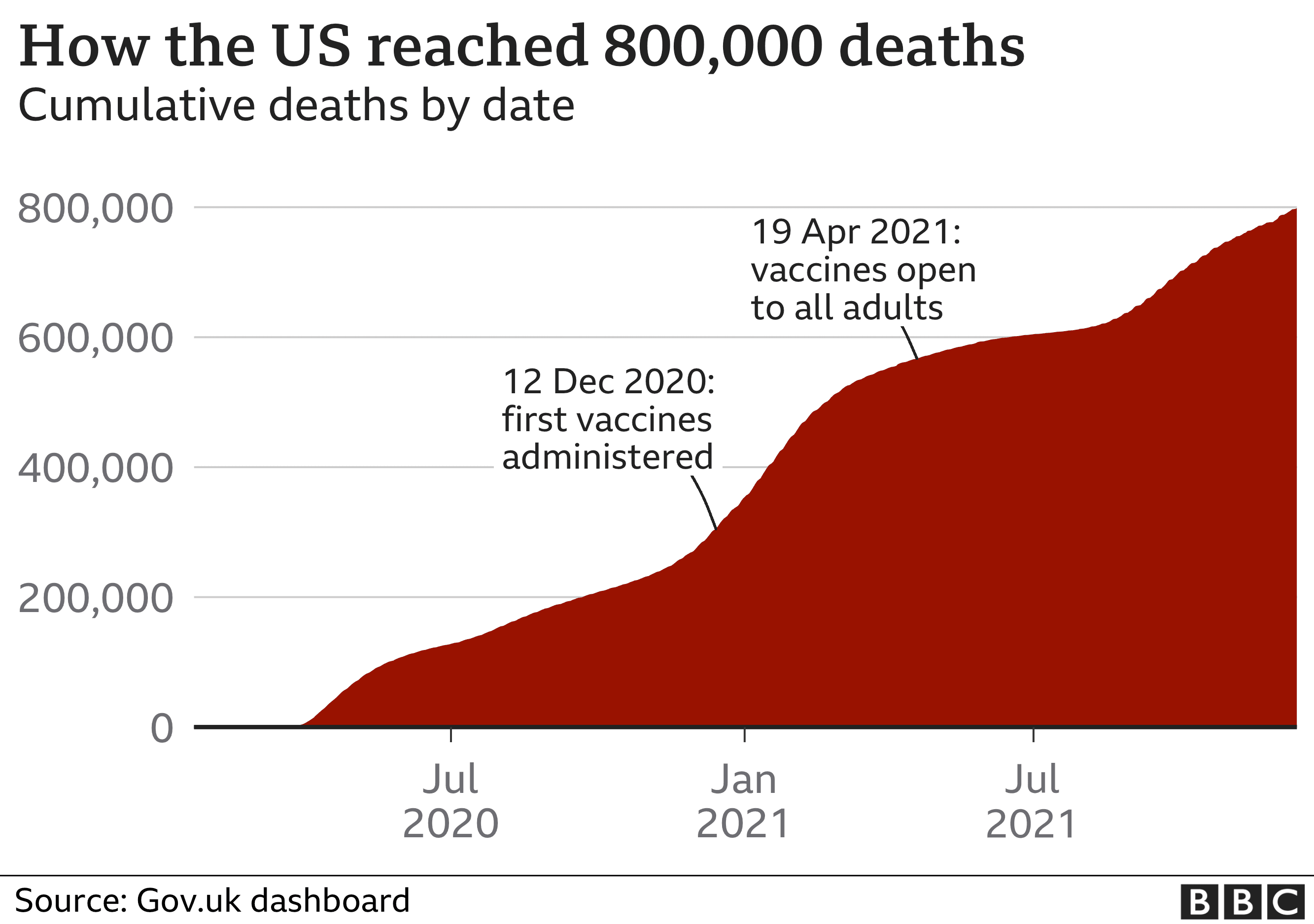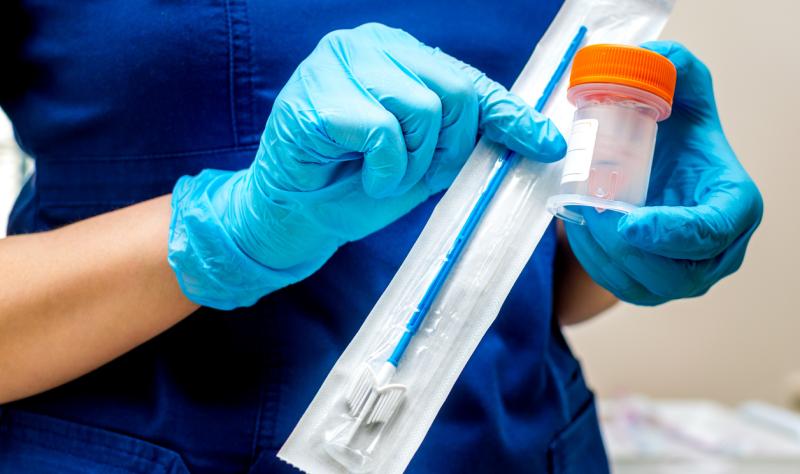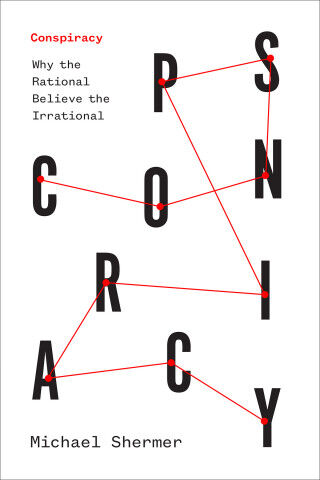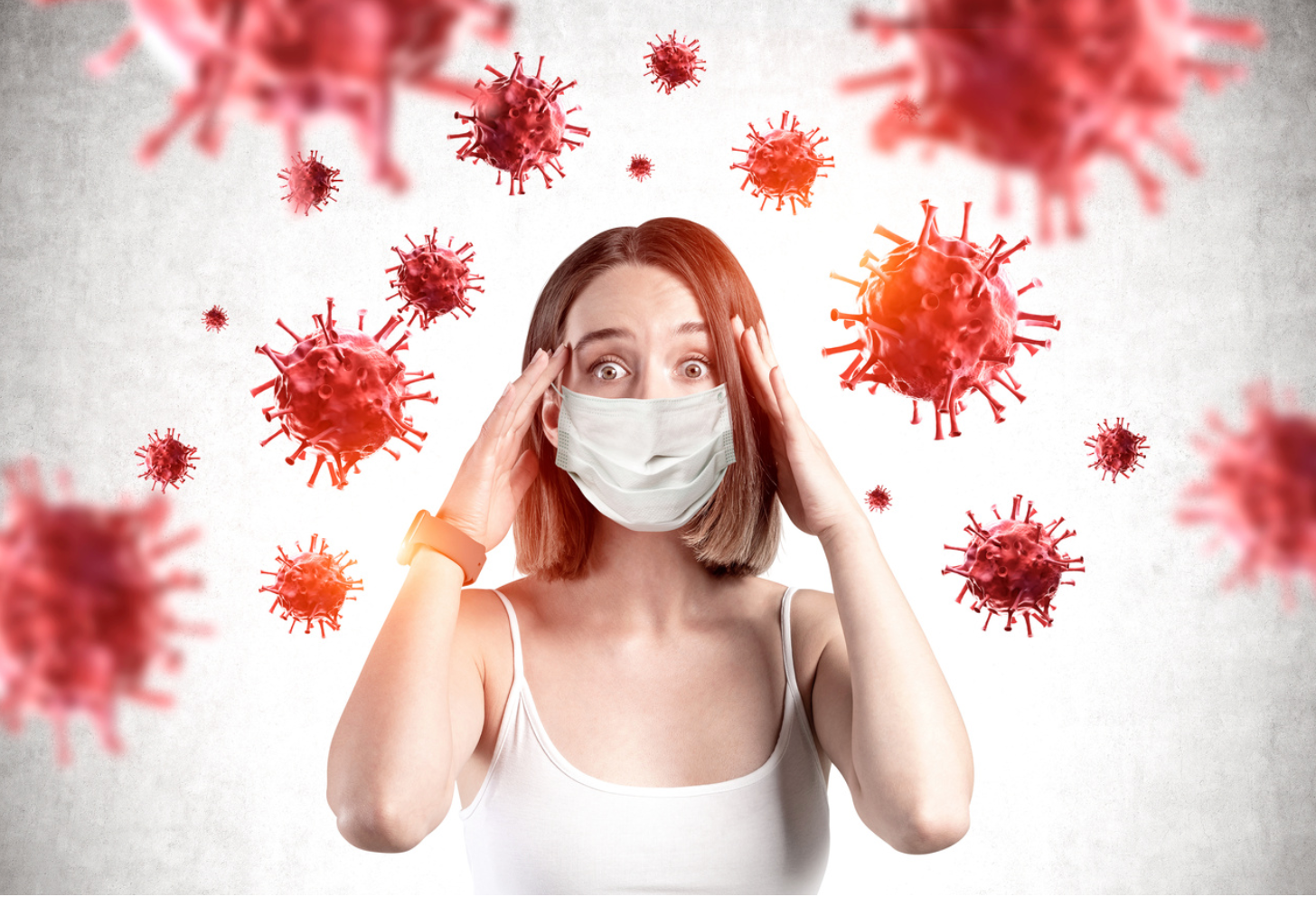COVID in California: Most common symptoms have changed, data shows
COVID in California: Most common symptoms have changed, data shows San Francisco Chronicle


Rapid tests less reliable with newer subvariants, experts say
Newer coronavirus subvariants have made it more difficult for rapid at-home tests to recognize a COVID-19 infection at the time symptoms begin, according to infectious disease experts. “You can also have a negative test and still be infected, simply because you’re not contagious or not contagious enough to trigger a positive test,” Colin Furness, an infections control epidemiologist and assistant professor at the University of Toronto, told Global News. He said that people usually have to wait a few days from onset to see a positive result with the omicron BA.4 and BA.5 strains. Rapid tests have a harder time recognizing specific spikes on the subvariants, but they’re still able to identify the virus, he said. Furness suggested swabbing your throat as well as your nose as the best method to get an accurate test result. A study published in April in the Journal of Clinical Microbiology found the sensitivity of rapid tests may be altered with different variants. “While these new sub-lineages of omicron have a few different mutations in this part of the virus, it’s not anticipated that it will make rapid antigen tests no longer effective,” said Samantha Yammine, a science communicator in Ontario. “But it may take more than one test to catch it, or it may take you being further along in your symptoms for it to be caught.”
Most common symptoms have changed, data shows
Some symptoms of COVID-19 frequently reported during the earlier phase of the pandemic, such as loss of taste and smell, have given way to different indicators, according to new data released last week by the ongoing ZOE Health Study Breaking up participants into three categories — those who received two doses of vaccine, individuals who received one, and the unvaccinated — researchers found the four most commonly reported symptoms of COVID-19 among all the groups now are sore throat, runny nose, a persistent cough and headache. “The previous ‘traditional’ symptoms as still outlined on the government website, such as anosmia (loss of smell), shortness of breath, and fever rank way down the list, at 6, 29, and 8 respectively,” the researchers wrote. “A persistent cough now ranks at number 5 if you’ve had two vaccine doses, so is no longer the top indicator of having COVID.”
Biden to receive updated booster shot
President Biden is scheduled to receive the bivalent COVID-19 vaccine on Tuesday and will “deliver remarks on the ongoing fight against the virus,” the White House said in an email Sunday. Biden tested positive for the virus in July and experienced a rebound case of COVID-19 shortly after taking the antiviral drug Paxlovid. The U.S. Centers for Disease Control and Prevention recommends waiting at least two months after a previous vaccine dose or infection to get the updated shot. The administration is encouraging more Americans to get the bivalent boosters ahead of the holidays. So far, about 20 million people have received the shots, according to federal health data — a figure that represents less than 10% of the more than 216.2 million people eligible.
Pandemic sends U.S. student test scores plummeting
A national report of test scores among U.S. students showed widespread and significant setbacks in both math and reading, the New York Times reported. The report was widely interpreted to be a reflection of the damage the pandemic wrought on education and school-age children.
Students in California fared about as well as those in Florida, the report found, with scores declining less than national averages. Nationwide, math scores plummeting the most dramatically, with test results sinking to the lowest levels on record. The national assessment dates back to the 1990s.
Ex-FDA chief corrects misinformation about kids and vaccine mandates
Former FDA Commissioner Scott Gottlieb on Sunday addressed misinformation in the wake of a vote last week by the Centers for Disease Control and Prevention advisory committee to add COVID-19 vaccines to its childhood and adult immunization schedules. In its unanimous vote Thursday, the panel emphasized that the decision did not make the shots mandatory for anyone, but would add them to the list of recommendations to physicians on which shots their patients should receive and when. However, in a segment Sunday on CBS’ “Face the Nation,” host Margaret Brennan said false claims had circulated “on the campaign trail and in conservative circles” that the CDC move equated to vaccines being mandated for children to attend school. The Associated Press reported that the false claim gained momentum last week after Fox News host Tucker Carlson shared it on Twitter. “What got started on Twitter initially was that the CDC recommendations automatically translate into state mandates, which is not true,” Gottlieb told Brennan. “The CDC does not mandate vaccines.” State governors have the authority to do so, he said, but “that doesn’t translate into state mandates.” For example, he said, the flu and dengue fever vaccines are on the CDC schedule, but they are not mandated by any states. While “there will be no state mandates,” Gottlieb said, ‘parents should strongly consider vaccinating their kids.”
BQ.1 and BQ 1.1 make up nearly one in five U.S. coronavirus samples
BQ.1 and BQ.1.1 made up 16.6% of the total coronavirus variants circulating in the United States last week, up from 11.4% last week, according to data published Friday by the U.S. Centers for Disease Control and Prevention. The rapidly spreading offshoots of the omicron BA.5 variant continue to crowd out their dominant ancestor, which made up 62.2% of the sequenced cases, down from 70.2%. BF.7 has also gained some ground, making up 6.7% of the cases.
Earlier this week, Eric Topol, executive vice president of Scripps Research in San Diego, told The Chronicle that BQ.1 and its sibling BQ.1.1 would likely drive another winter surge in the U.S. and could knock the BA.5 variant out of its top spot — especially with sluggish booster uptake. “We’ve got another bad variant and we don’t have enough people protected,” Topol said. “We’re booster-vaccine deficient and we’re not in a good place to deal with a very tough variant like BQ.1.”
CDC chief Walensky tests positive for COVID
Dr. Rochelle Walensky, the director of the U.S. Centers for Disease Control and Prevention has tested positive for COVID-19, the Associated Press reports. The CDC said in a statement that Walensky, who is up to date on her vaccinations, tested positive Friday night and had mild symptoms. “Consistent with CDC guidelines, she is isolating at home and will participate in her planned meetings virtually,” the agency said. Senior staff and close contacts have been informed of her positive test and are monitoring their health. Walensky, who took over the CDC in January 2021 after being appointed by President Joe Biden, is the latest U.S. health official to test positive for COVID-19 this year. Dr. Anthony Fauci, the face of America’s pandemic response, and U.S. Health Secretary Xavier Becerra both tested positive in June.

